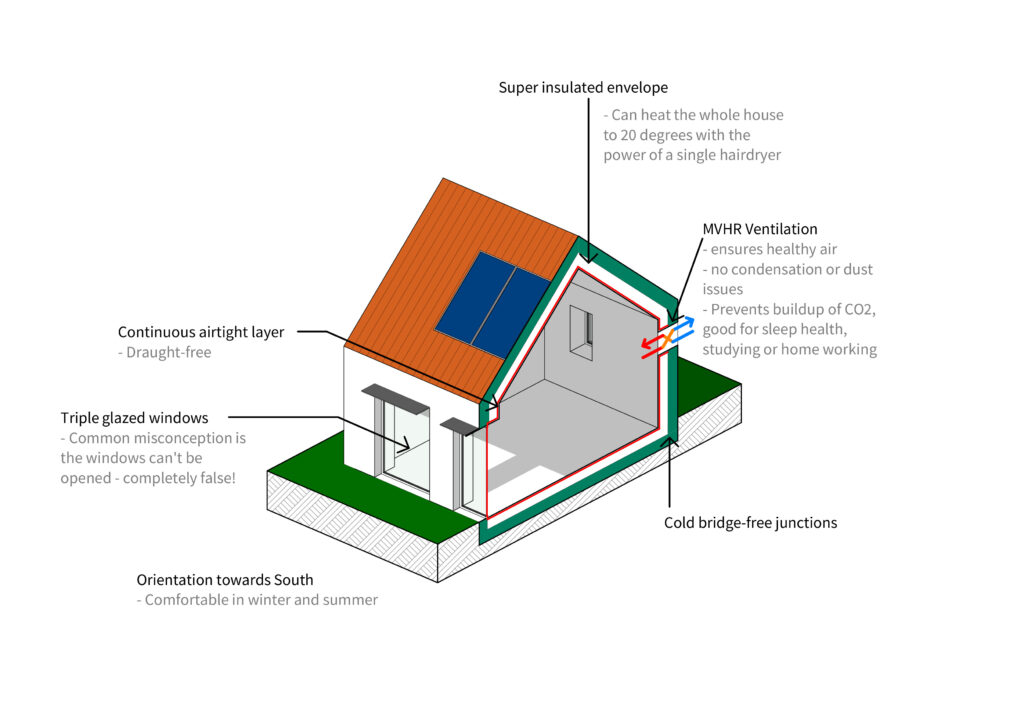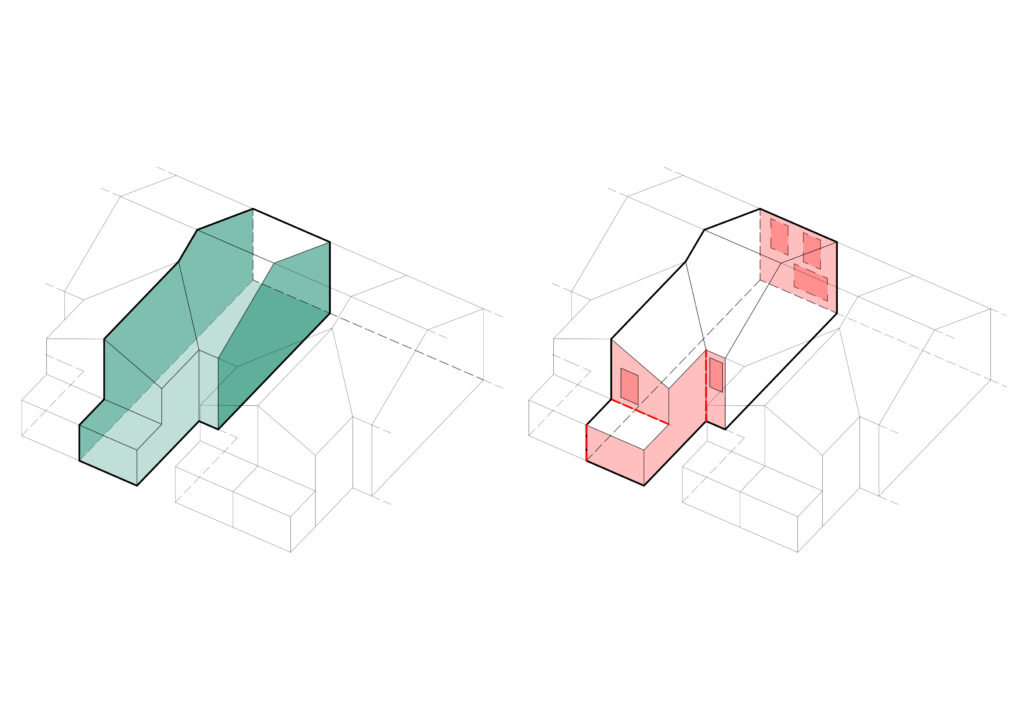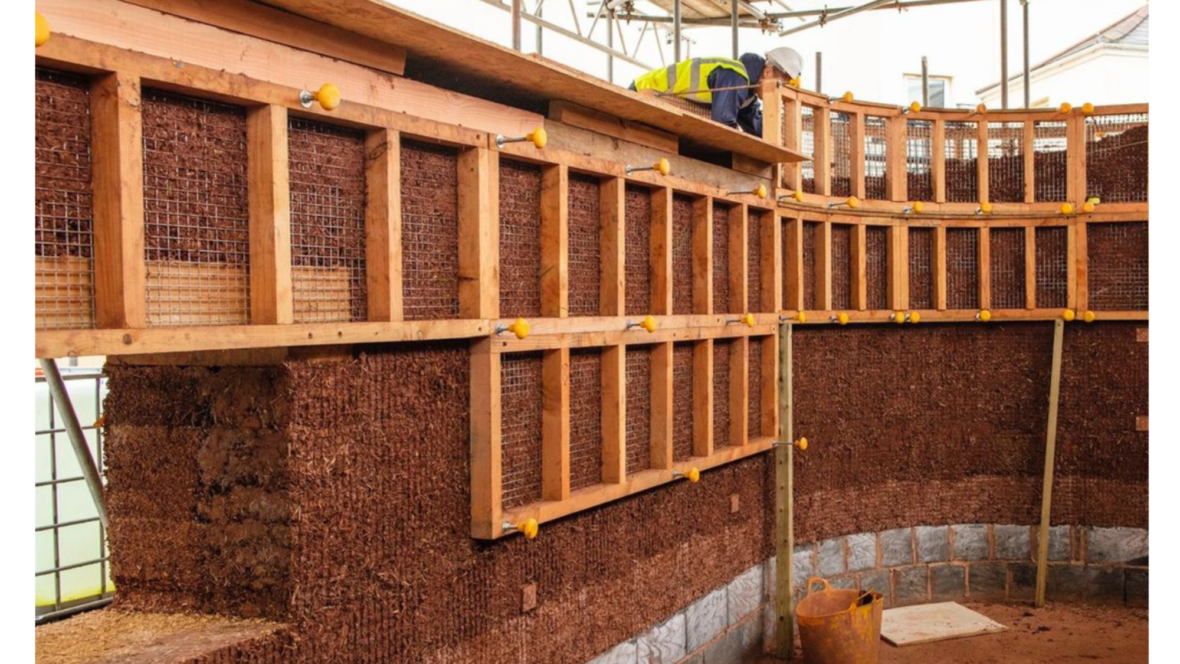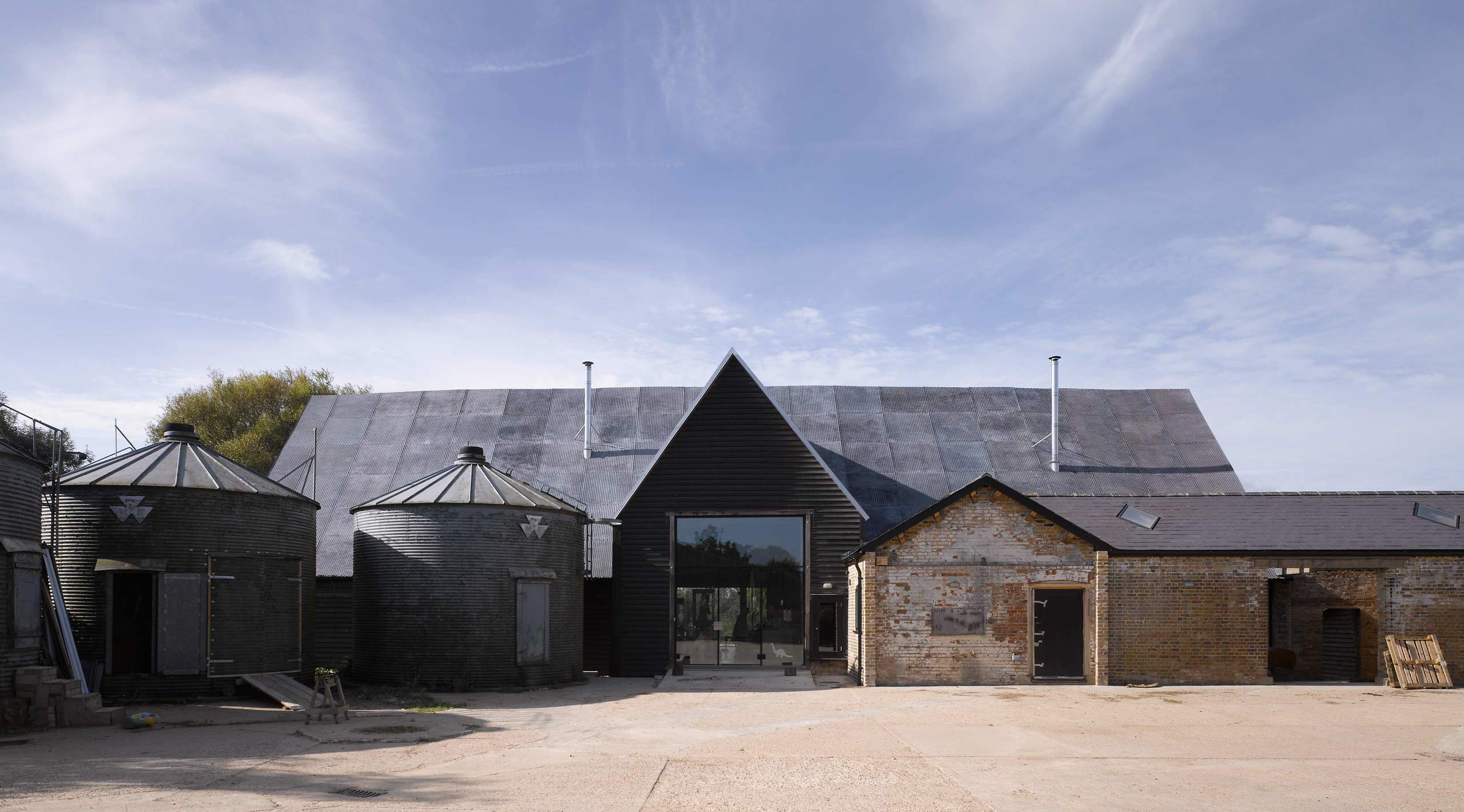Despite unseasonably warm weather last year, successive energy price hikes continue to weigh heavily on our pockets, especially during the colder months when reliance on heating systems reaches its peak.
New homes are all designed to reduce energy loss. The building’s orientation and form, along with high levels of insulation, all work together to create a dwelling that is not only incredibly resilient during winter, but also summer. This prompts the question: while we can construct such resilient homes from the ground up, how do we address our 27 million existing homes that lack this level of efficiency?

In this article we explore some practical and eco-friendly upgrades for your home. We’ll help you decide what the best measures are for your property type, when to carry them out and how to make the most of the financial support on offer.
How can I upgrade my home?
Monitor and manage energy consumption
Auditing your home’s current energy use to identify where improvements can be made is a good place to start. Installing smart thermostats and water meters will offer valuable insights into how much energy and water you use. Thermostats can be programmed to regulate heating and cooling based on when you are usually home.
From this starting point, small but effective steps can be taken to start reducing your home’s energy consumption where it’s most needed. Water consumption can be reduced by installing low flow taps and energy savings can be made by switching to LED or CFL bulbs. Appliances with a high energy efficiency (A+++) can provide further savings but replacing all your appliances is not always the most sustainable option. Learn how to use your existing appliances more efficiently until you decide to replace them.
Prioritise proper insulation
Reducing the need for heating and cooling will make a significant difference to your home’s carbon footprint and your energy bills. This doesn’t mean simply putting some extra insulation in the attic. A more thorough approach – replacing windows with high performance double or triple glazing, and insulating walls and even floors where possible – will provide the best results. In some cases, secondary glazing can be a cheaper alternative to new windows and provides a good layer of thermal performance.
Work with natural light and ventilation
Leverage your property’s orientation and optimise natural light and winter heat gains by strategically placing new windows and skylights. If new skylights are too costly, consider the way you use the rooms in your house. If you work from home during the day, ensure the room you use is naturally bright and airy to reduce your home’s reliance on artificial light and ventilation.
Understanding air flows within your home and identifying barriers to airflow can help address stuffiness during the summer month. Ensuring windows can be opened, and creating airflow routes, such as installing opening rooflights, are good potential solutions as is leaving windows open overnight to cool the building for the next day. These measures not only improve air quality but also reduce the reliance on costly, carbon-hungry mechanical cooling systems.
Don’t overlook the landscape
Extend your eco-friendly efforts beyond your home’s walls. Strategic tree planting can go a long way to keeping your home cooler during the summer months. Planting deciduous trees near south elevations provides shading during the summer while allowing for seasonal change and natural light during the winter.
Vegetation can be used on shading structures and trellises. Choose native, low-maintenance plants that don’t require too much water or care. Explore biodiverse green walls or roofs to provide an attractive extra layer of insulation, and to attract bees and other pollinating insects to your garden. Rainwater harvesting systems can provide you with much needed water for your garden during drier weather.
Explore renewable energy options
Check that your energy provider is supplying you with energy from 100% renewable sources. You could even consider going a step further: producing your own renewable energy at home. Solar panels are a good option if your roof faces the right way and will help reduce your reliance on the National Grid. An air source heat pump – a system that uses heat from outside to provide you with heating and hot water – offers a more sustainable heating option compared to traditional oil or gas. Note that it does require an area of land near your home for installation.
Which options are best for my home?
Understand the challenges of existing homes and tailor solutions to your property type
Before embarking on any upgrades to your home, an understanding of your property type is crucial. Of the 27 million existing homes, as well as being constructed from an array of different materials, there are several forms to consider.
Terraced homes have an obvious advantage in that there are shared walls with neighbours on both sides. If you want to insulate your walls there is far less surface area to consider. Some terraced homes sit within conservation areas however, so there will be limitations on certain upgrades – external wall insulation, for example, may be out of the question, and new glazing may be costly if it needs to match original sash windows.

Slightly larger properties, such as semi-detached houses or detached barns, have a different set of wins and challenges. These homes tend to have simple, large roofs which provide ample space for solar panels, and the additional garden space around the property offers opportunities to extend with high-performance walls. The disadvantage is that there is substantially more wall to insulate, and there’s often a concrete floor that is disruptive to replace.

Listed buildings are far more challenging. While there are Building Regulations allowances – you don’t need to upgrade the building fabric to the higher standards expected in other buildings – this leaves listed buildings with considerably higher operational costs which is unsustainable in the long term. Some local authorities have lighter restrictions on listed buildings. Kensington and Chelsea, for example, have now removed the need for consent to install solar panels in some cases. We’d suggest checking what’s allowed within your local authority.
Finally, consider how long you might want to stay in your current property. If this is your ‘forever home’, it’s well worth making as many upgrades as you can now, so you can reap the rewards in the longer-term future. This might also be the time to think about including upgrades such as a downstairs bathroom to cater for future accessibility and mobility needs.
Alternatively, if you plan to stay in your current home for the short to medium term, you’ll need to carefully weigh the potential benefits against the costs. If an upgrade is particularly costly, you may want to estimate your cost savings over time as well as any potential increase in property value.
When should I make upgrades?
Consider retrofitting during home improvements but understand the challenges of phased retrofits
If you’re already facing the disruption of planned home improvements, such as an extension or refurbishment, why not seize this opportunity to integrate some of these retrofit measures? Even if a deep retrofit isn’t feasible, making some incremental improvements can enhance energy efficiency and contribute to long-term resilience. Carrying out insulation projects, for example, while workmen are already onboard should save disruption further down the line.
Also consider the time of year you might want to make upgrades. Contractors can often be busier during the spring and summer months but this is realistically the best time to undertake works if you plan to live at home throughout.
Remember that although retrofit projects can be phased, it’s important to ensure that doing a part retrofit doesn’t lead to unintended negative consequences. For example, draught proofing without additional ventilation can lead to a build up of stale air and condensation.
Is there financial help on offer?
Take advantage of the support on offer
The UK government is investing £12 billion in Help to Heat schemes to make sure homes are warmer and cheaper to heat. This funding is available through local authorities, energy companies and other bodies, so your eligibility will depend on where you live in the UK.
The boiler upgrade scheme provides grants to property owners to install low carbon heating systems such as heat pumps, while the Home Upgrade Grant provides energy efficiency measures and low carbon heating to low income households living in the worst performing, off gas grid home in England.
The Great British Insulation Scheme is a government scheme to help people insulate their homes to improve energy efficiency and reduce energy bills. Through this scheme you may be able to get support to install cavity or solid wall insulation, loft or roof insulation and underfloor insulation.
How Hudson Architects can help
Our team understands the challenges faced by homeowners seeking to create resilient and energy-efficient homes. We are dedicated to providing tailored solutions that not only enhance the sustainability of your existing home but also align with your property type, lifestyle, and long-term goals. Check out Bishops Park Terrace, our latest deep retrofit scheme which extends and reconfigures a three-storey terrace for a growing family with ultra-modern sustainability credentials.

Creating a resilient, low energy home is an ongoing, but worthwhile, process. Regularly assess your home’s energy performance, stay up to date on energy-efficient practices and technologies, and take advantage of all the available support schemes to continually improve your home’s efficiency.


